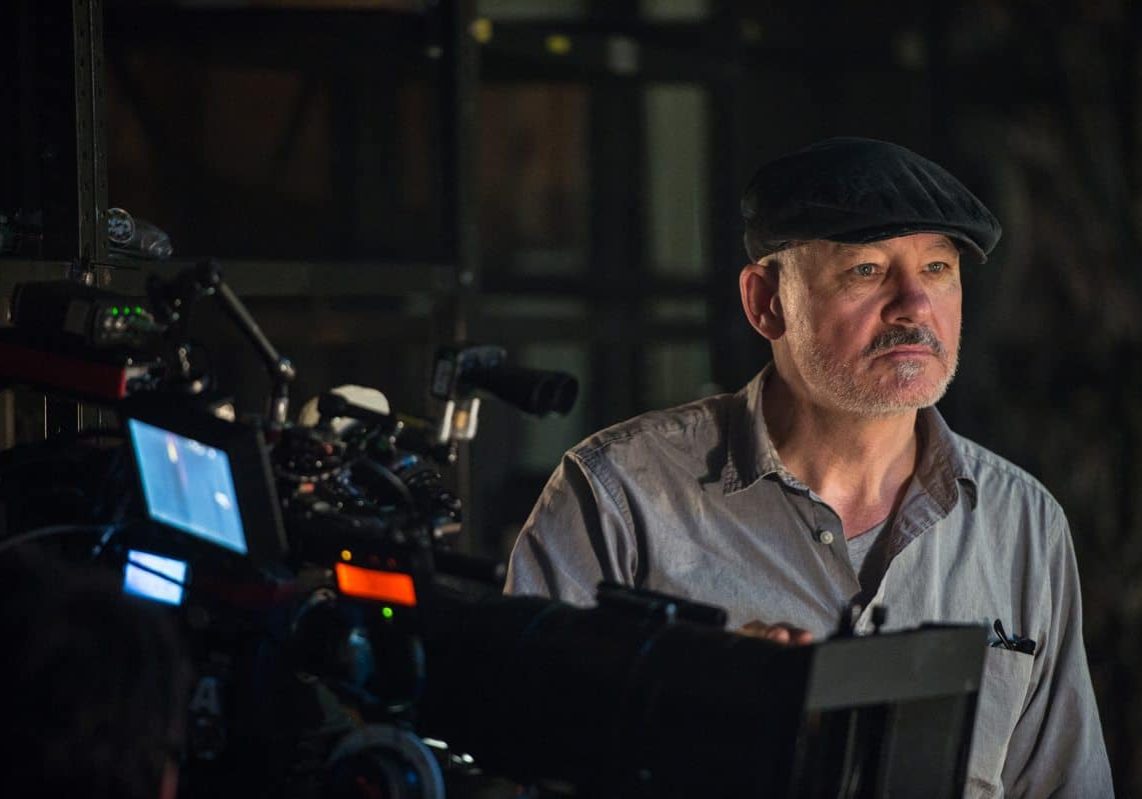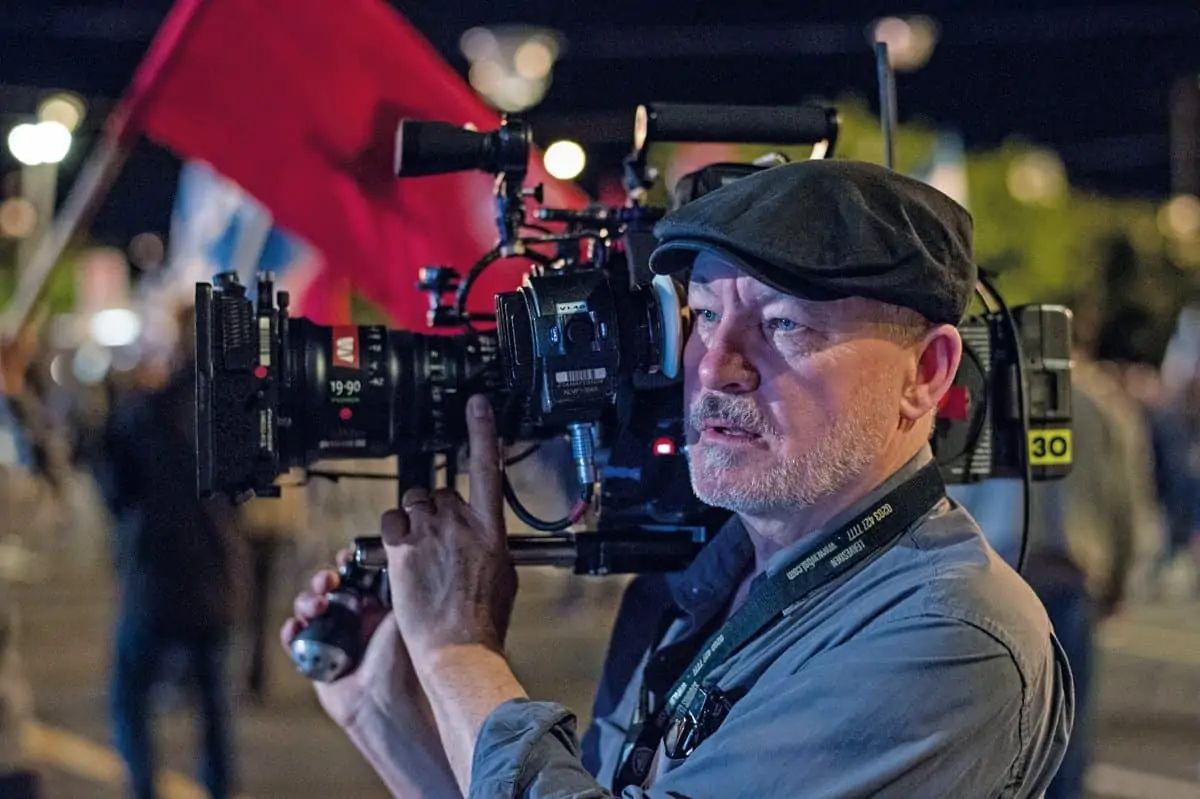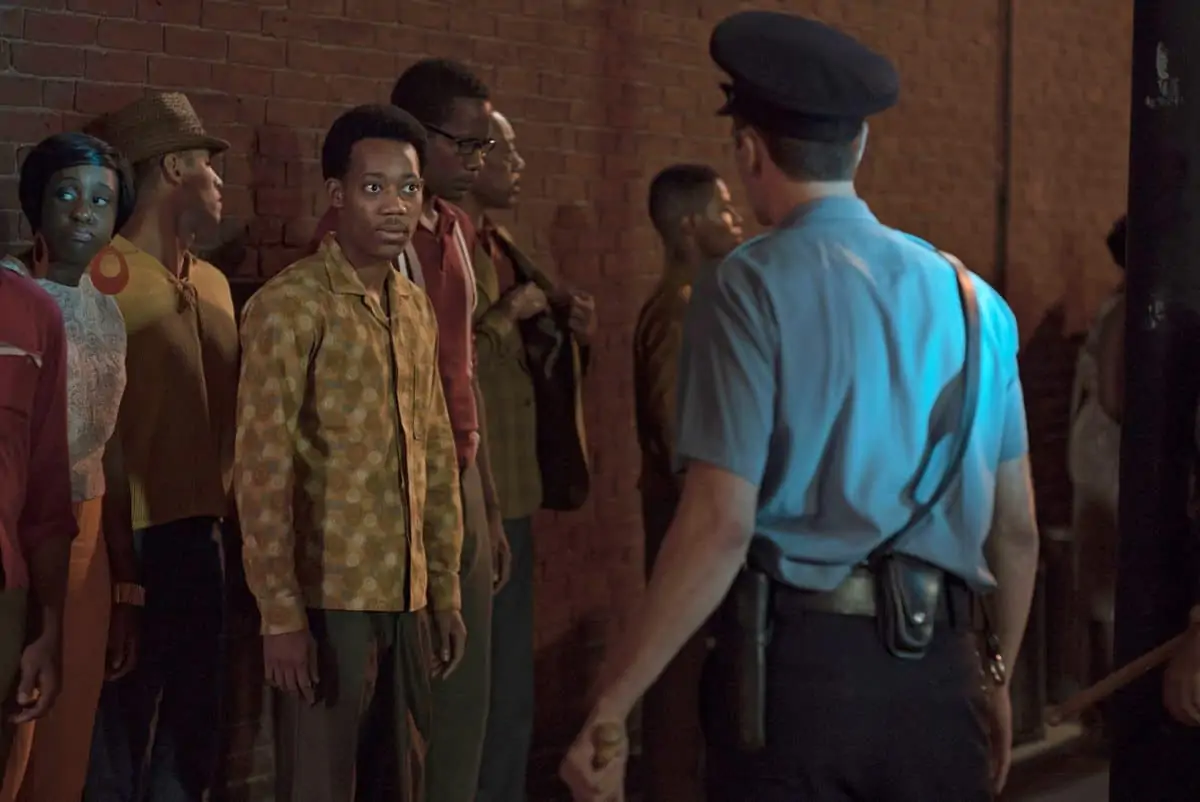Intellectual Property
President's Perspective / Barry Ackroyd BSC

Intellectual Property
President's Perspective / Barry Ackroyd BSC
If you were around in the early ‘80s, and you're still able to think that far back, you'll recall what was arguably the best film of 1981 – Das Boot, the amazing, Oscar-nominated, true tale of German U-boat U96 during its deadly voyage of 1941.
A ground-breaking film in many ways. A film that set new standards of storytelling through its memorable cinematography. A personal inspiration and a massively influential film to me and many others. A film whose legacy could benefit us all in other ways so many years later.
My respect goes out to its cinematographer, DP Jost Vacano BVK, because of his vision, his brilliant lighting and camera style that makes this film as fresh today as it was 46 years ago. The film, a tale of hope and despair, transcends borders and language. In short, it is a masterpiece.
How is it that this film can reach this level of achievement? And should it be classed as art? What is its secret ingredient? Well, it does what all great cinema does – it achieves that magical marriage between subject and image, stemming from the liaison between the director and the cinematographer. It's this unique ability – of both the storytelling and the moving image – to turn cinema into art.
Stated another way, I paraphrase Vittorio Storaro AIC ASC, "Cinema is the language of images and we, as the directors of photography and authors of those images, create cinema.”
In the beginning is the word, the script, followed by the director’s vision and their personal goals. The producer’s vital role in helping to bring the production into the world, yet it is the cinematographer’s manipulation of shadow and light, motion and time, that brings the flicker of life of any film.
In my mind it's time for cinematography to be recognised as art, for our contribution to cinema to be respected as such, and for the law of intellectual property to be assigned to those who create the "language of images".
Take a stranger, walk them onto a film set in full flow, let them watch the process unfold, and the role of the cinematographer would become obvious – as the camera captures words, performances, ideas and abstract concepts, and translates them into coherent moving images in a process that would amaze most people.
We know this because, throughout our working lives as cinematographers, we stand as expert witnesses. We have had the honour to create ourselves, or to have watched in awe the brilliance of other cinematographers.
In my mind there is no doubt that the creative and intellectual contribution of cinematography is the living interpretation of cinema. It is the net that catches the particular vision of the director, the writers, the producer, the performances of the actors. Cinematography's special role is capturing emotion. It gives the kiss of life via the magic of "light exciting chemicals” on film or “light exciting the sensor” in the digital realm.
But here is the proverbial elephant in the room. Whilst contributors to the art of cinema share in a special relationship, why is it that only some are allowed special recognition as artists via intellectual property rights? Why does this, more often then not, exclude cinematographers, the creators of cinema itself?
Let me say I fully support that writers, directors, producer, even the composers and the still photographers, should have their creative rights protected. I can also see that assistant directors and line producers (at least those who are protected by the UK Directors Guild and the DGA) can share in the profit from a production. I understand why they deserve residual rewards for their contributions too. My question is, why the hell not the cinematographer?
Let me put it this way: in this world of lawyers and accountants, the image still belongs to those who finance and those with the power to use the law. If our industry, and those who run it, really want diversity, then they need to recognise that equality is the flip side of that same coin. It's divisive to treat those who create the image with less respect than those who play other roles in this collective art-form. Isn't it time for a change?
After almost half a century since Das Boot was released, a landmark ruling in favour of Jost Vacano was reached in the European courts. With the help from IMAGO and the BVK (German Society Of Cinematographers) his lawyers won recognition for his “Intellectual Property “ to be respected, and for him to now be acknowledged and financially rewarded for his particular brilliance. Maybe this is the breakthrough?
The ultimate message of the brilliant Das Boot is not destruction, but rather the struggle of the submariners to breathe fresh air. Maybe it's now time for fresh winds to blow through our industry?
As always, I'm a realist and to be honest I can't see the status quo changing anytime soon. But it is necessary and it is powerful to have hope.
Long live cinema. Long live cinematography.
Barry Ackroyd BSC
President
British Society Of Cinematographers









